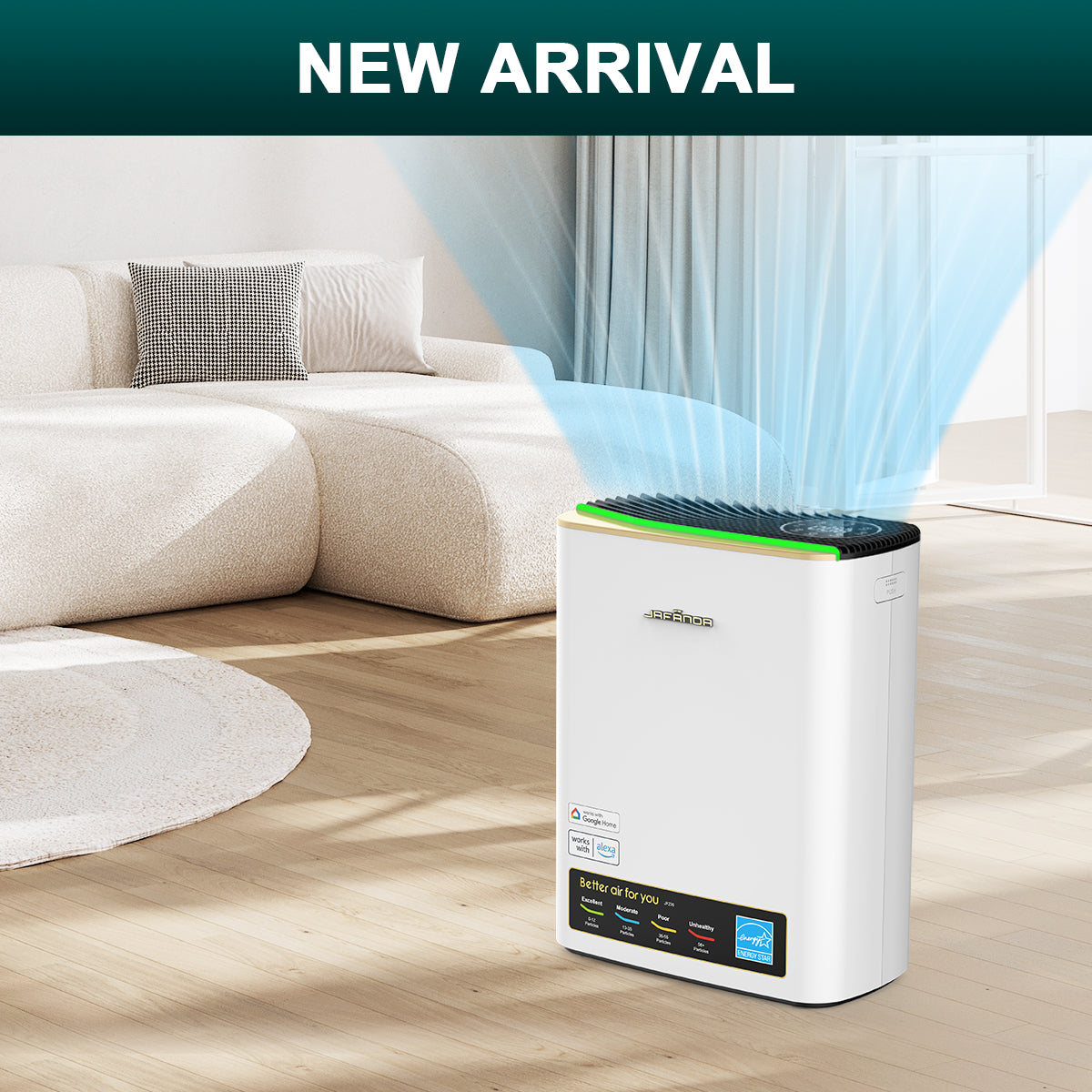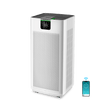Definition and Sources of VOCs and SVOCs
Explaining the definition of VOCs and SVOCs and their common sources in indoor environments VOCs (volatile organic compounds) and SVOCs (semi-volatile organic compounds) are a class of common chemicals that exist and have diverse sources in indoor environments. Here is an explanation of the definition and common sources of VOCs and SVOCs:
- VOCs are organic compounds that easily vaporize into gas at room temperature. They can come from various sources such as building materials, furniture, cleaning agents, paints, adhesives, cosmetics, and combustion emissions. Common VOCs include formaldehyde, benzene, toluene, and ethanol.
- SVOCs are organic compounds with lower volatility compared to VOCs. They have higher molecular weight and lower vapor pressure, typically existing in the form of particles. Common sources of SVOCs include flame retardants in plastic products, furniture, and electronic devices, perfumes, synthetic materials, and indoor dust.

The Impact of VOCs and SVOCs on Health and Allergies
VOCs and SVOCs have potential implications for health and allergies. They can cause a range of health issues, including respiratory irritation, headaches, eye discomfort, allergy symptoms, and chronic diseases. Some specific VOCs and SVOCs are also considered potential carcinogens. For allergy sufferers, exposure to VOCs and SVOCs can exacerbate their allergy symptoms. These chemicals can trigger respiratory irritation, leading to symptoms such as nasal congestion, coughing, sneezing, and itchy eyes.
The Impact of VOCs and SVOCs on Children's Health and Allergies
Children are more vulnerable to the potential risks of VOCs and SVOCs because their respiratory and immune systems are still developing. Long-term exposure to high concentrations of VOCs and SVOCs may have negative effects on children's respiratory systems, nervous systems, and immune systems. Additionally, VOCs and SVOCs may also increase the risk of allergy flare-ups in children. 8.4 Identifying and Reducing Exposure to VOCs and SVOCs: To minimize exposure to VOCs and SVOCs, here are some practical methods and recommendations:
- Choose low-volatile and non-toxic building materials, furniture, cleaning agents, and cosmetics.
-
Maintain good ventilation by regularly opening windows for air exchange, especially when using chemical products or in the presence of strong odors.
-
Regularly clean and dust to reduce the levels of VOCs and SVOCs in indoor dust.
-
Use air purifiers, especially those with comprehensive purification capabilities, such as air purifiers equipped with HEPA filters and activated carbon filters, which can effectively remove VOCs and SVOCs from the air. VOCs and SVOCs are often overlooked allergens that exist in indoor environments and have potential impacts on health and allergies. Understanding their definitions, sources, and effects on health is crucial for selecting and implementing measures to reduce exposure. By identifying and reducing exposure to VOCs and SVOCs, especially through the use of air purifiers with comprehensive purification capabilities, we can create a healthier and safer indoor environment for ourselves and children.












Leave a comment
All comments are moderated before being published.
This site is protected by hCaptcha and the hCaptcha Privacy Policy and Terms of Service apply.